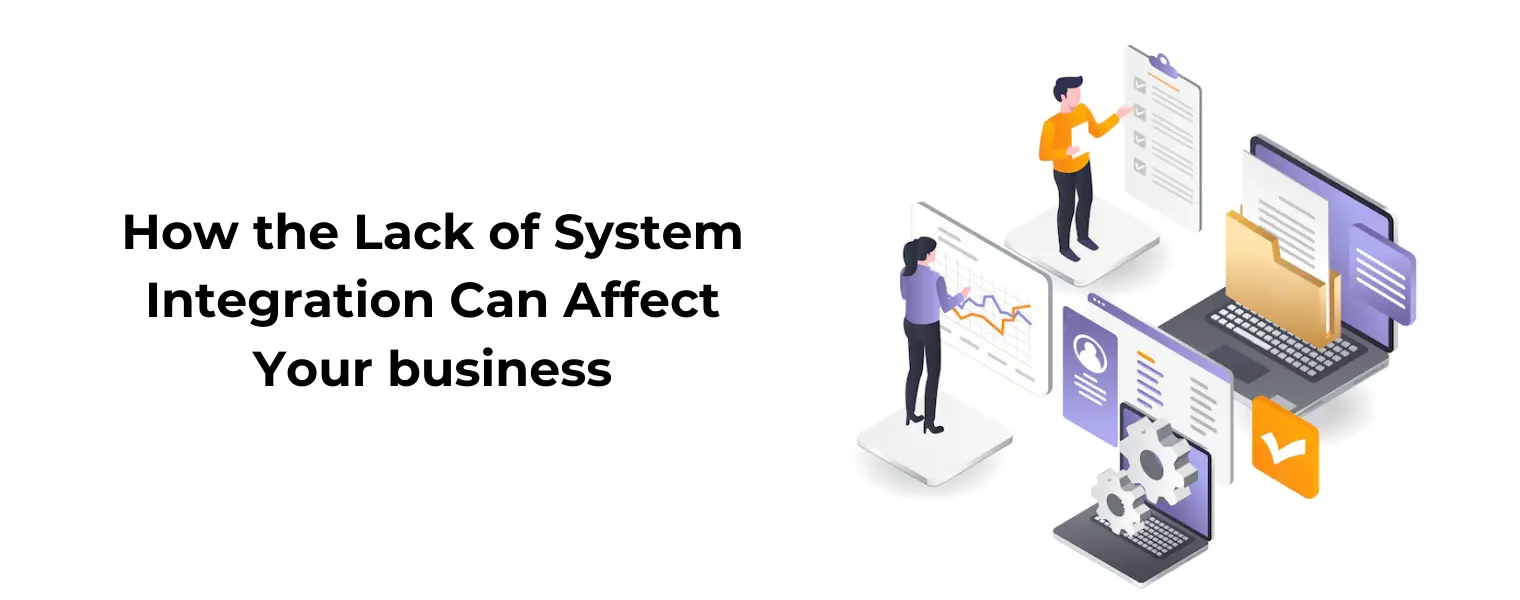
A failed IT project can take many forms. Failure can sometimes appear as a lack of system usage. At times, it appears to be a laundry list of technological flaws. A technological and operational nightmare caused by a lack of system integration is one type of failure we frequently see in our software expert witness experience. This kind of IT failure can have a direct impact on your bottom line. Today, we'll look at how disparate systems can devastate your business. This should assist you in persuading your project team to prioritise system integration in the future. After all, it is one of the most important aspects of a successful ERP implementation.
There is no single point of reference when your teams store information on different systems. It becomes increasingly difficult to determine which version of data is the most recent, relevant, and correct over time. Even if you use version control, it's difficult to share data when it's dispersed across the network. This reduces productivity and impedes workflows, making employee collaboration difficult. For example, if the project management team requires a sales team update, they may have to wait until a salesperson is available to take their call and relay that information. When systems are integrated, however, anyone can log on at any time and access the real-time data they require.
The programmes in your workplace cannot "speak" to one another without system integration. This makes automating any type of workflow involving cross-departmental collaboration nearly impossible. As a result, the majority of these processes are still manual, requiring employees to devote far too much time and effort to rote tasks. If the steps were automated, that energy could be redirected toward more value-creating activities. This is possible thanks to system integration, which enables various systems to connect and share data, such as your ERP software and CRM software. However, integration is not the only way to go. Before integrating your systems, you may need to perform business process reengineering to ensure your workflows are efficient.
When your systems are siloed, it's difficult to see how your organisation as a whole is performing. Business leaders require a comprehensive, 360-degree view of their operations, including performance updates from all departments. They can trace each issue back to its root cause in a specific part of a workflow if they understand their organization's end-to-end processes. Then they can take immediate action to address the problem and prevent it from worsening. While each of your disparate software systems may have its own distinct data analytics capabilities, combining these insights piecemeal leaves plenty of room for user error and miscalculation. You can easily access comprehensive reports that cover every aspect of your business from multiple perspectives with integrated, automated platforms. This allows you to make more informed decisions and put plans in place to maximise growth while mitigating risk.
Customers can tell when teams aren't working together across the entire value chain. There is a clear communication breakdown because no one knows who to turn to for the information they require. When a customer calls, emails, or opens a chat to ask a question, these issues are brought to light. To get a complete picture of what's going on, the representative who answers will most likely need information from other people in the company. If they are unable to reach them in a timely manner and obtain the necessary information, the customer may abandon the conversation and take their business elsewhere. From warehouse managers to the sales team, every employee plays an important role in the customer journey. When they are unable to collaborate, chaos ensues. System integration is critical for preserving your brand's reputation and delighting current and prospective customers.
If you keep adding new systems without integrating them, the learning curve for employees may be higher than necessary. With each new implementation, employees would have to relearn workflows. Then there's the issue of mistrust and opposition. It is a recipe for disaster to simply introduce a system without explaining how it interacts with existing systems. Employees are sensitive to change and want to know what's in it for them. These benefits will be difficult to articulate if the new setup is fractured and siloed. As a result, even if the new system is one of the best in the industry, employees are unlikely to embrace it. This is especially true for mobile or remote workers, who may already feel disconnected from on-premise data and applications. Their work experience may suffer if they are required to log into multiple systems simultaneously in order to complete their tasks. System integration provides these employees with a single point of access, allowing them to log in from anywhere and see everything they need at once.
Companies are transitioning away from disparate on-premise legacy systems and toward cloud-based enterprise software solutions that integrate all of their business functions into a centralised platform. This is frequently a better option than integrating all of your existing systems. An ERP system can replace these systems by bringing all relevant data and workflows together in a single network. Whatever path you take, the most important thing is to avoid a lack of system integration. DoFort provides the best ERP System Contact our sales team to know more.
Welcome to DoFort !